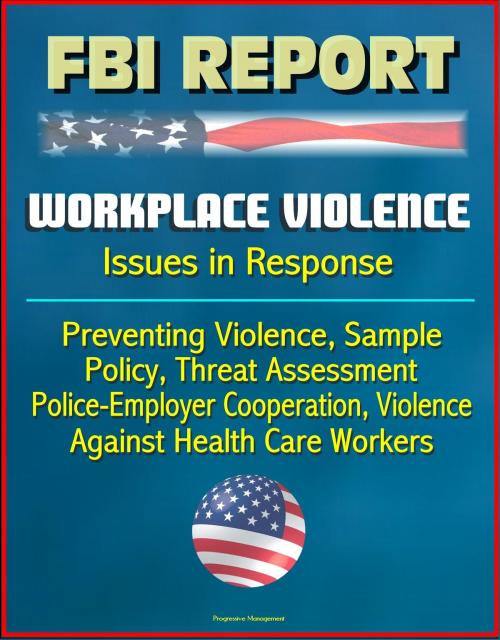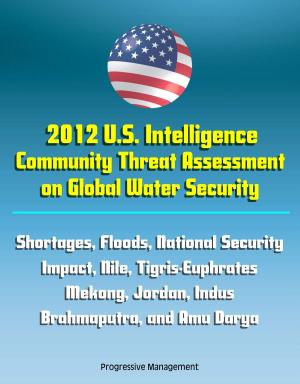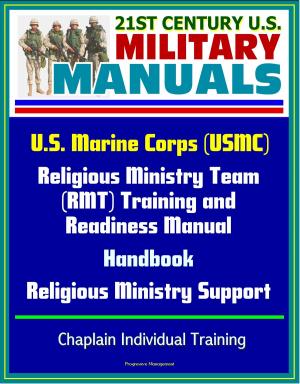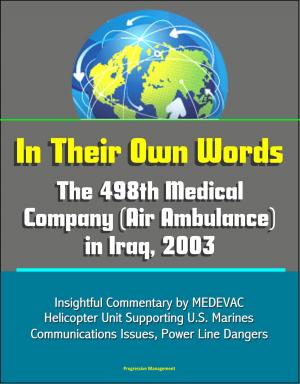FBI Report: Workplace Violence - Issues in Response, Preventing Violence, Sample Policy, Threat Assessment, Police-Employer Cooperation, Violence Against Health Care Workers
Nonfiction, Social & Cultural Studies, Social Science, Crimes & Criminals, Murder, True Crime| Author: | Progressive Management | ISBN: | 9781301742196 |
| Publisher: | Progressive Management | Publication: | April 13, 2013 |
| Imprint: | Smashwords Edition | Language: | English |
| Author: | Progressive Management |
| ISBN: | 9781301742196 |
| Publisher: | Progressive Management |
| Publication: | April 13, 2013 |
| Imprint: | Smashwords Edition |
| Language: | English |
Mass murders in the workplace by unstable employees have become media-intensive events. In fact, the apparent rise in such cases may have been an impression created by this increased media attention. Still, the frequency of episodes following the Edmond post office killings was startling. In Southern California alone, one summary showed, over an eight-year span from mid-1989 to mid-1997, there were 15 workplace homicide incidents, six with multiple victims, that killed 29 people. In subsequent years, major workplace crimes across the country included four state lottery executives killed by a Connecticut lottery accountant (March 1998); seven coworkers killed by a Xerox technician in Honolulu (November 1999); seven slain by a software engineer at the Edgewater Technology Company in Wakefield, Massachusetts (December 2000); four killed by a 66-year-old former forklift driver at the Navistar Plant in Chicago (February 2001); three killed by an insurance executive at Empire Blue Cross and Blue Shield in New York City (September 2002); three killed by a plant worker at a manufacturing plant in Jefferson City, Missouri (July 2, 2003); and six killed by a plant worker at a Lockheed-Martin aircraft plant in Meridian, Mississippi (July 8, 2003).
I. Introduction * II. Preventing Violence: Planning and Strategic Issues * Sidebar 1: Sample Workplace Violence Policy Statement * Sidebar 2: Questions in a Threat Assessment * Sidebar 3: Sample Threat Assessment * Sidebar 4: What Doesn't Work * III. Law Enforcements Changing Role * Sidebar 5: Case Study of Police-Employer Cooperation * IV. Domestic Violence and Stalking in the Workplace * V. Legal Issues * VI. The Biggest Challenge * VII. A Special Case: Violence Against Health Care Workers * VIII. Dealing with the Aftermath * IX. Summary of Recommendations/Suggestions for Further Research * Appendix A: Agenda * Appendix B: Participants
Mass murders in the workplace by unstable employees have become media-intensive events. In fact, the apparent rise in such cases may have been an impression created by this increased media attention. Still, the frequency of episodes following the Edmond post office killings was startling. In Southern California alone, one summary showed, over an eight-year span from mid-1989 to mid-1997, there were 15 workplace homicide incidents, six with multiple victims, that killed 29 people. In subsequent years, major workplace crimes across the country included four state lottery executives killed by a Connecticut lottery accountant (March 1998); seven coworkers killed by a Xerox technician in Honolulu (November 1999); seven slain by a software engineer at the Edgewater Technology Company in Wakefield, Massachusetts (December 2000); four killed by a 66-year-old former forklift driver at the Navistar Plant in Chicago (February 2001); three killed by an insurance executive at Empire Blue Cross and Blue Shield in New York City (September 2002); three killed by a plant worker at a manufacturing plant in Jefferson City, Missouri (July 2, 2003); and six killed by a plant worker at a Lockheed-Martin aircraft plant in Meridian, Mississippi (July 8, 2003).
I. Introduction * II. Preventing Violence: Planning and Strategic Issues * Sidebar 1: Sample Workplace Violence Policy Statement * Sidebar 2: Questions in a Threat Assessment * Sidebar 3: Sample Threat Assessment * Sidebar 4: What Doesn't Work * III. Law Enforcements Changing Role * Sidebar 5: Case Study of Police-Employer Cooperation * IV. Domestic Violence and Stalking in the Workplace * V. Legal Issues * VI. The Biggest Challenge * VII. A Special Case: Violence Against Health Care Workers * VIII. Dealing with the Aftermath * IX. Summary of Recommendations/Suggestions for Further Research * Appendix A: Agenda * Appendix B: Participants















